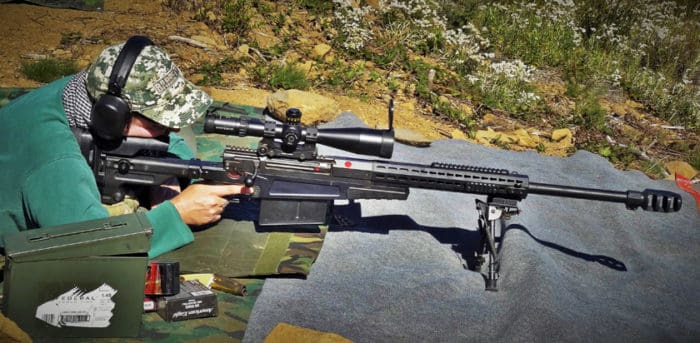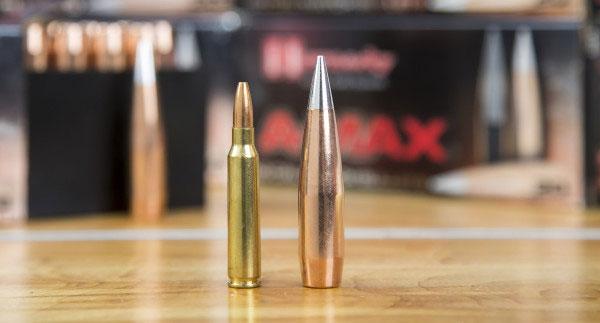
It still has more penetrating power than lighter weapons such as general-purpose machine guns, though it is significantly heavier and more cumbersome to transport. Since the mid-1950s, some armored personnel carriers and utility vehicles have been made to withstand 12.7 mm machine gun fire, restricting the destructive capability of the M2. An upgraded variant of the M2 Browning HB machine gun used during World War II is still in use today. 50 BMG was primarily used in the M2 Browning machine gun, in both its "light barrel" aircraft mount version and the "heavy barrel" (HB) version on ground vehicles, for anti-aircraft purposes. 50 caliber armor-piercing cartridges went on to function as an anti-aircraft and anti-vehicular machine gun, capable of penetrating 0.9 inches (23 mm) of face-hardened armor steel plate at 200 meters (220 yd), 1 inch (25 mm) of rolled homogeneous armor at the same range, and 0.75 inches (19 mm) at 547 yards (500 m). This gun was later developed into the M2HB Browning which with its. The round was put into use in the M1921 Browning machine gun. Teamed with Colt, he produced prototypes ready for testing and, ironically, completed them by Nov. The Army then returned to John Browning for the actual gun. Subsequently, Frankford Arsenal took over from Winchester, producing the historic. The American Rifleman further explains that development was "eputedly influenced by Germany's 13.2x92 mm SR (.53-cal.) anti-tank rifle" and that then "Ordnance contracted with Winchester to design a. You make up some cartridges and we'll do some shooting.'" Browning pondered the situation and, according to his son John, replied, 'Well, the cartridge sounds pretty good to start. They wanted a heavy projectile at 2700 feet per second (f.p.s.), but the ammunition did not exist. Army Ordnance officers to consult Browning.

American interest in an armor-piercing cartridge was influenced by the marginal French 11 mm design, prompting U.S. According to the American Rifleman: "Actually, the Browning. 50 BMG round is sometimes confused with the German 13.2 mm TuF, which was developed by Germany for an anti-tank rifle to combat British tanks during WWI and against aircraft.

He wanted the round to be used in a machine gun, and wanted the machine gun to be based on a scaled-up version of the M1917 Browning. In response to the need for new anti-aircraft weaponry during World War I, John Browning developed the. Test barrel length: 45 in (1,100 mm) Source(s): World War II Korean War Vietnam War Cambodian Civil War Falklands War Persian Gulf War The Troubles Global War on Terrorism Iraq War War in Afghanistan Mexican drug war Syrian Civil War Iraqi Civil War (2014–2017) Yemeni Civil War (2015–present) Saudi Arabian-led intervention in Yemen Saudi–Yemeni border conflict (2015–present)


 0 kommentar(er)
0 kommentar(er)
